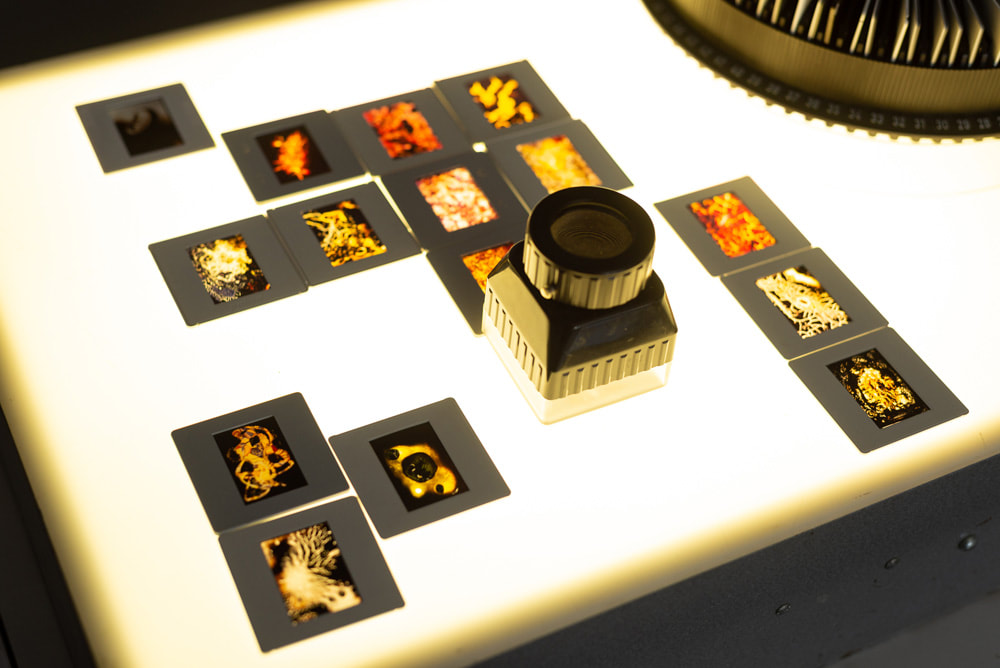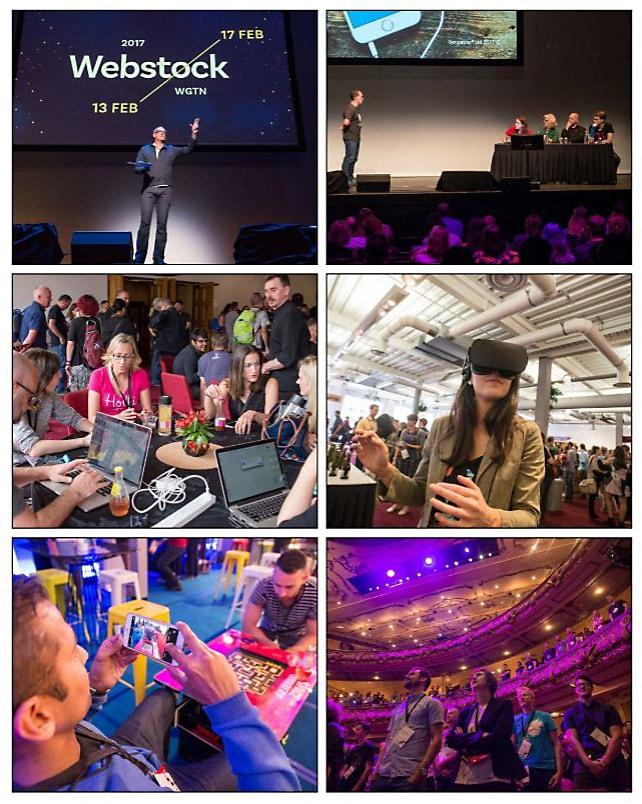|
This article ran in New Zealand Photographer magazine - a free online monthly photography magazine - in issue no. 18, April 2019
In what is now known as the Golden Age of Photography - loosely the 1930s-1950s, the picture story was king. The best photographers, such as Henri Cartier-Bresson, W. Eugene Smith, and Margaret Bourke-White were household names (try thinking of a current photographer who's a household name!) Magazines such as Vu (France), Life (USA) and Picture Post (UK) people's main source of images of world events. That was until television came along and ruined it. These magazines all had specialised Picture Editors, whose craft was to edit (select, size, crop) the photos into picture stories. Examples of famous picture stories are W.E.Smith's 'Minamata' and 'Spanish Village', and our own Brian Brake's 'Monsoon'. Once colour photography took over, picture editors would place the photographer's developed slides (transparencies) on a light box and examine them in detail using a loupe magnifier before selecting which photos to print. As you can imagine, photographers and picture editors often argued over the published story. "How dare you crop that photo, the composition was perfect in camera!" Or "You left out my best shot!" These days, we photographers can do our own editing* and post-production, so no clash of egos need occur. If you're a photographer who is always working towards that one perfect shot, how about putting that approach aside and try shooting to describe an event or location using a number of images. Initially, six photos is a good number to aim for. TV programmes and movies are put together using a variety of shots:
We can use this to make our own photo story more interesting. Also include compositional techniques such as high viewpoint (looking down), low angle, wide and telephoto shots (although pure photojournalists eschew telephoto lenses - "If your pictures aren't good enough, you're not close enough", Robert Capa said. Try including foreground elements to frame your subject. And shoot in both portrait (upright) and landscape (horizontal) frames. Before you cover an event (like Wellington's CubaDupa festival), write yourself a shot list by imagining some of the photos you might aim to get. Try to make this as varied as you can. Having a shot list is a professional tip to help cover-off the assignment with varied and interesting images. Once you have your photos, you can select the ones for final consideration digitally. Try this: use your software to edit down to your 20 or so photos and print them out, postcard size (10x15cm). This is cheap as chips. Then lay them out on a clear table and start moving them around, putting this one next to that, and you will see that some photos 'talk to each other' while others don't. Gradually pare it down to six photos that tell your story.
By planning to work in series, editing down from a wide selection of photos to a coherent set of images that conveys a strong sense of the event or location, you will quickly develop your photographic eye, your editing skills, and learn to pre-visualise images as well as being alert and in the moment to capture that 'must have' image when it presents itself. Get your final selection together, tweak the files a bit and go make a decent sized print of each (A4 or larger). You'll have a small portfolio of photos that work together to tell a story that reaches far beyond what a single image can tell. And know that the best photographers are the ones who have learned to recognise what they've shot and know how to select and present their photographs in their own way. This is an important aspect to achieving a personal photographic style.
0 Comments
Leave a Reply. |
AuthorPhotocourse New Zealand - Archives
October 2019
Categories |



 RSS Feed
RSS Feed
